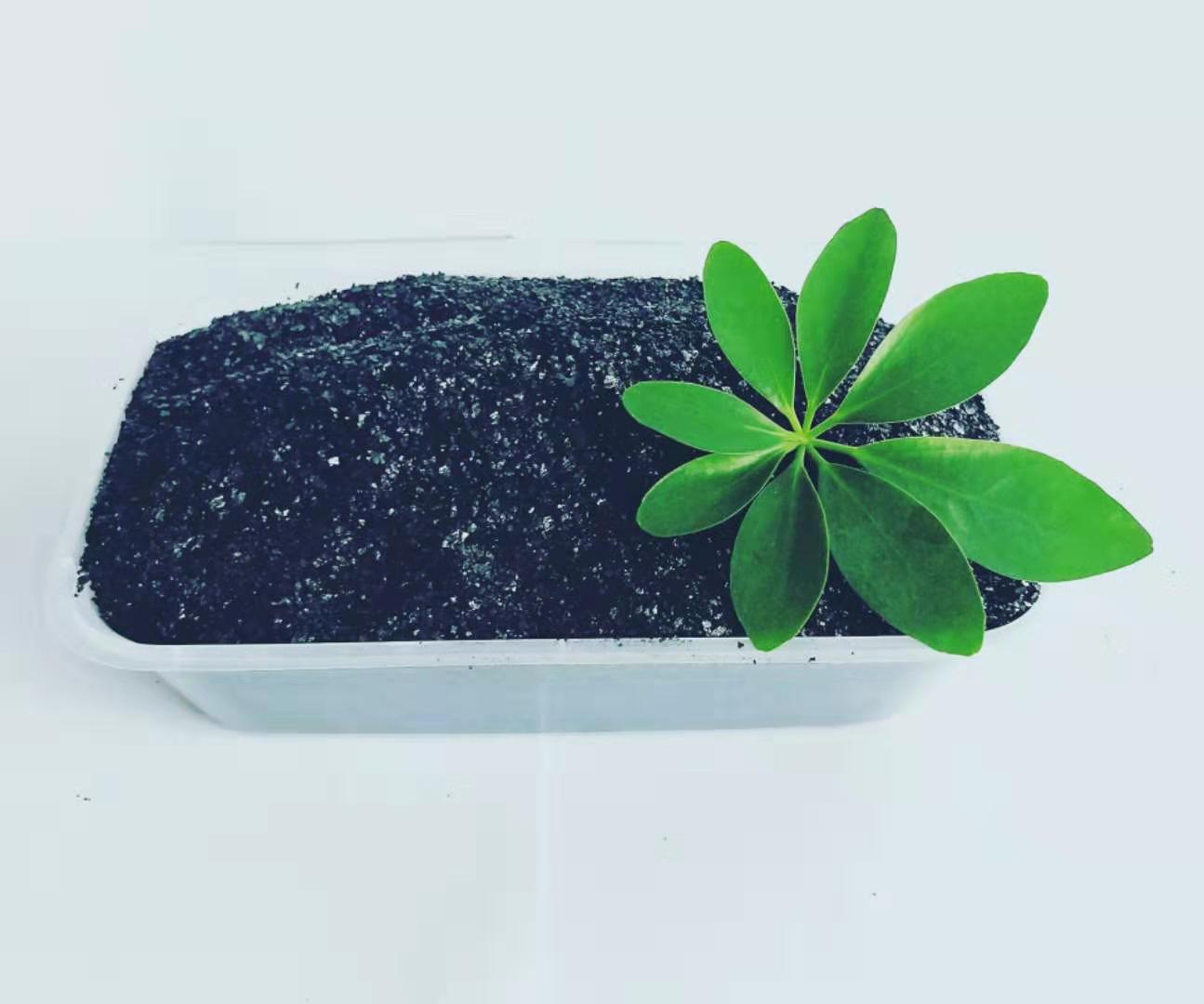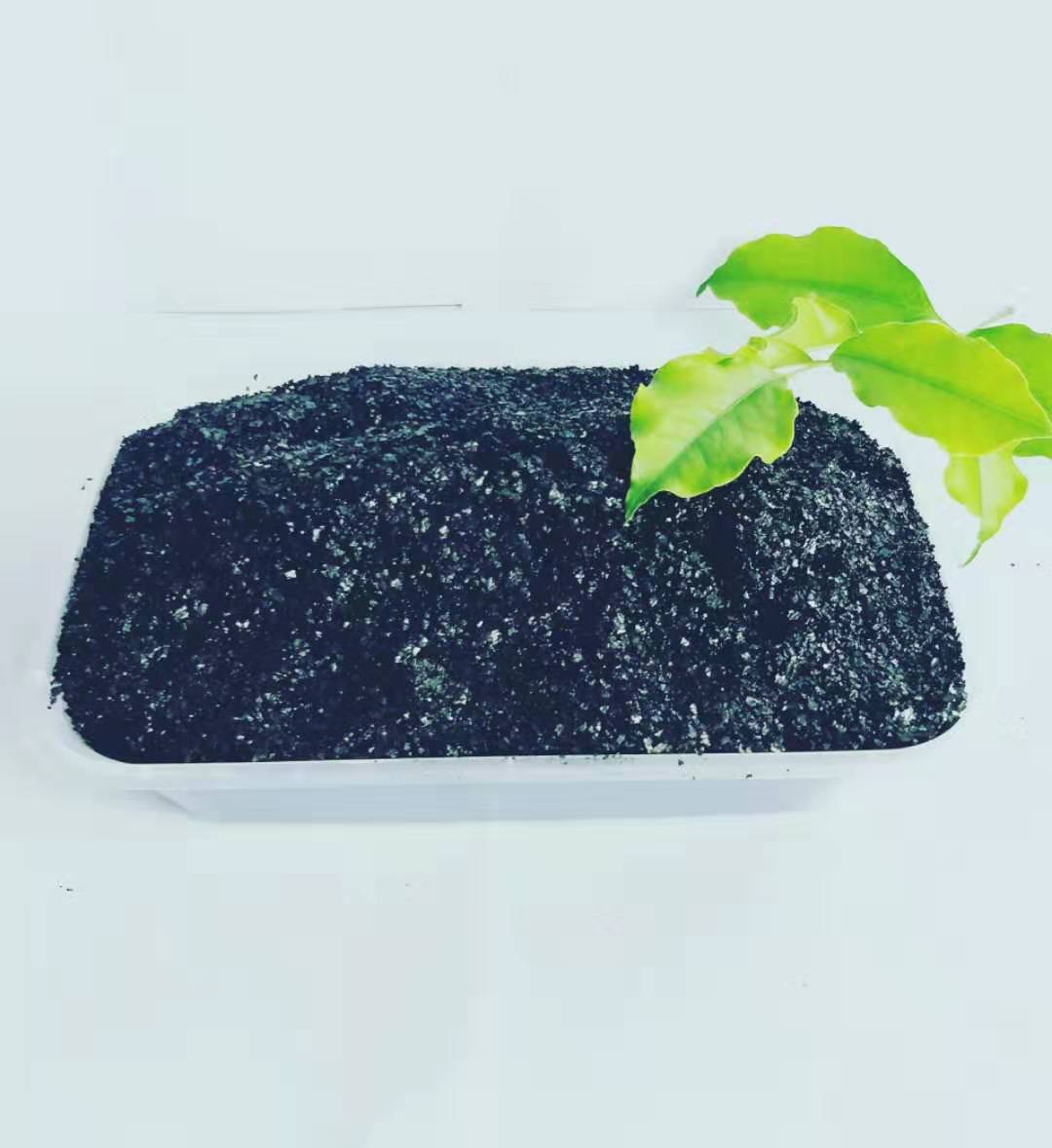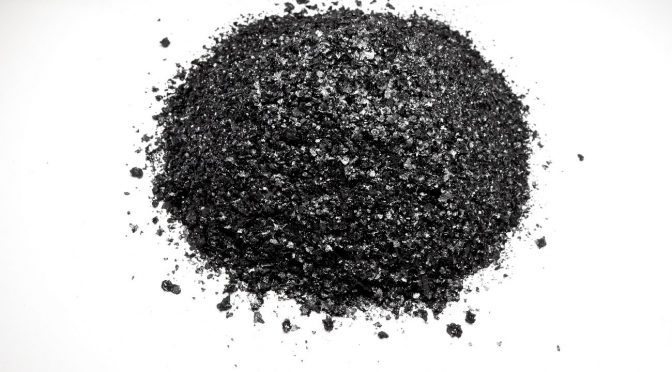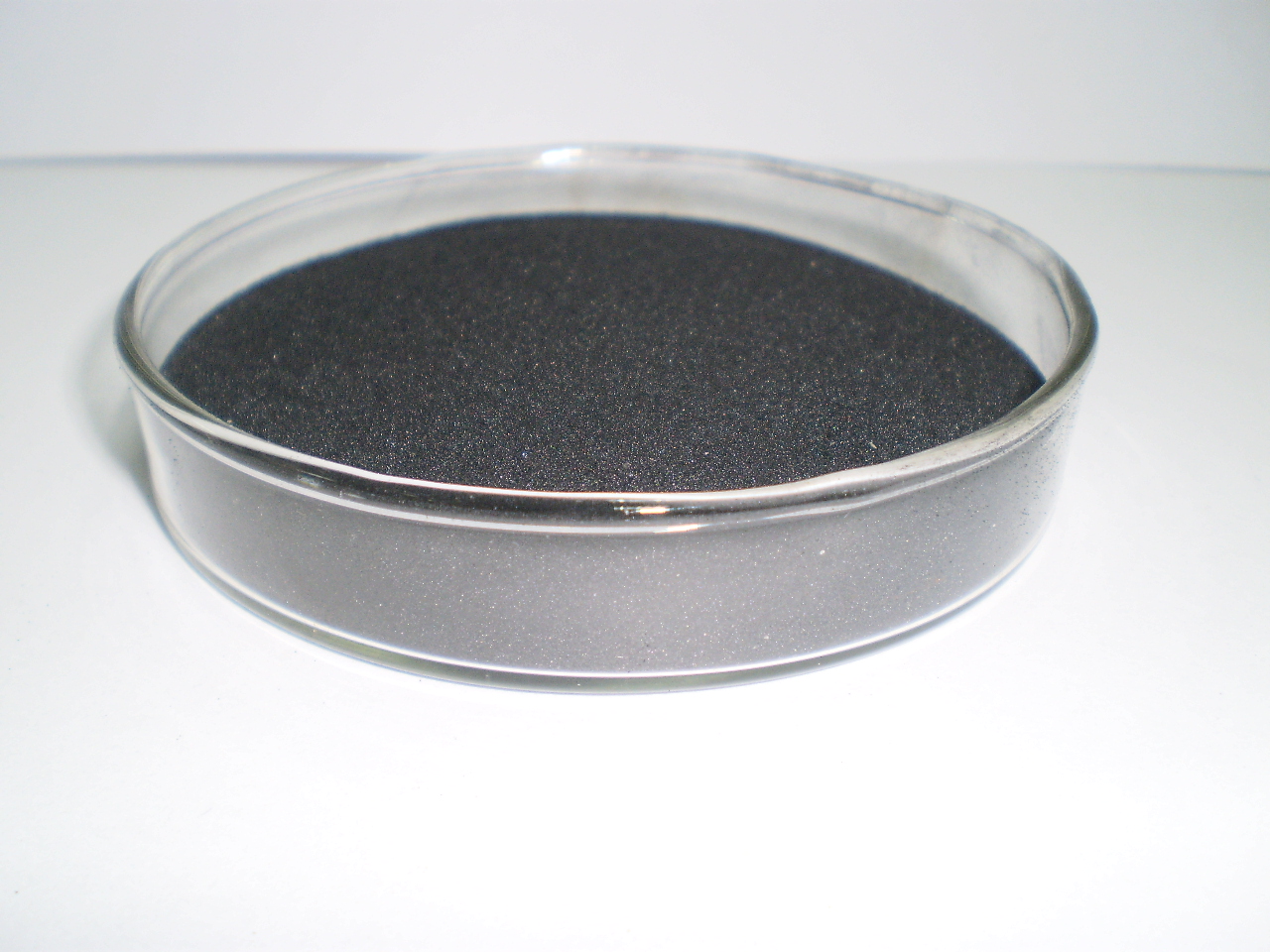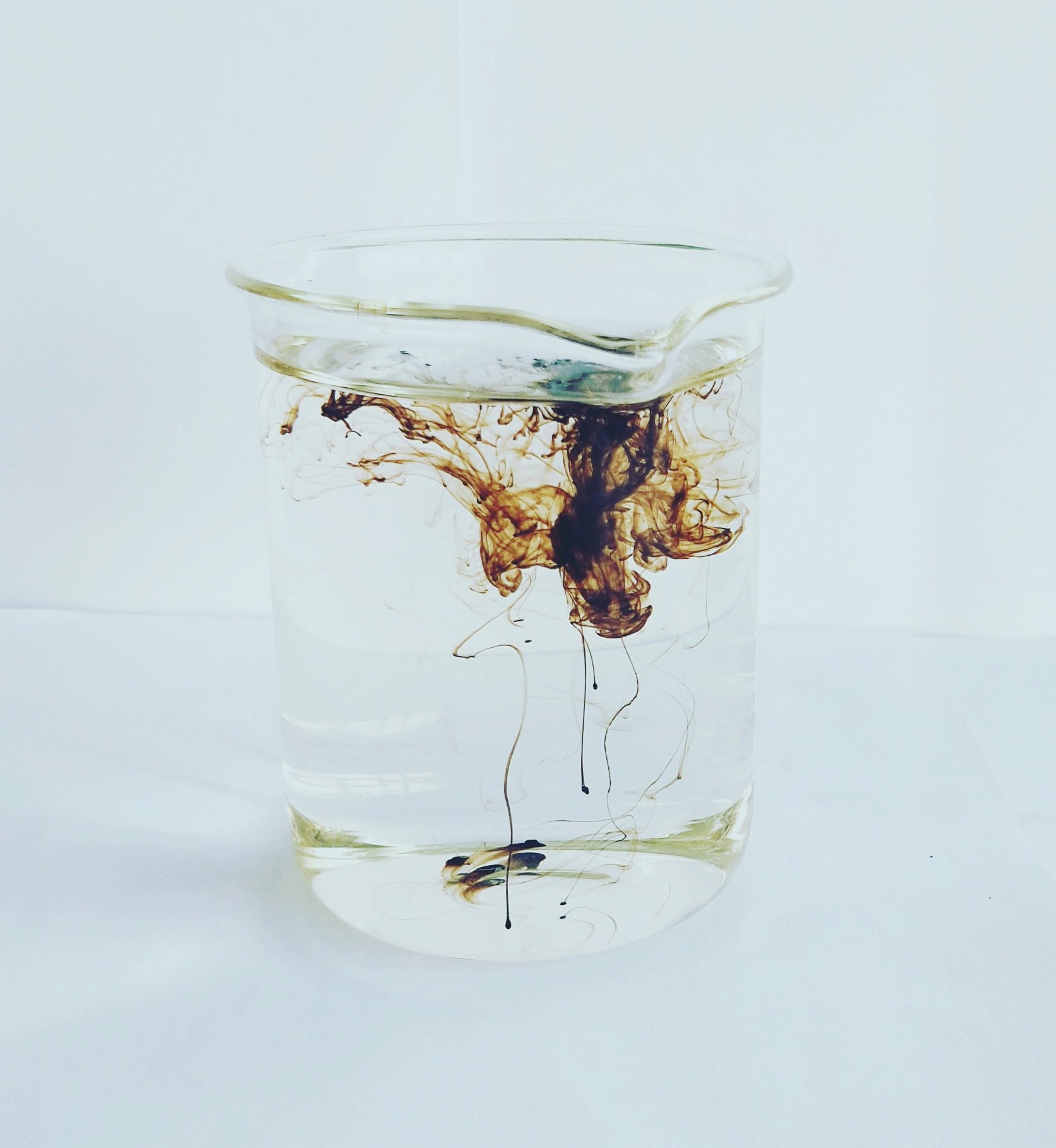Potassium humate is so fascinating,With the vigorous promotion of humic acid fertilizer, it recognizes that humic acid has five functions: improving soil, enhancing fertilizer, stimulating growth, enhancing stress resistance and improving quality.
Beijing Carbon Source Power is the leader of humic acid functional fertilizer in China. Here we use potassium humate as the main product for efficient soil protection.
Beijing carbon source power potassium humate is preferably scientifically compounded with high-grade mineral raw materials. It has small molecular weight, many functional groups and high activity. It is black powdery, granular, and contains 50% of active humic acid and 70% of active organic matter. And potassium oxide 15%, can improve soil aggregate structure, regulate soil pH, reduce salt index, promote soil microbial increase, balance crop nutrition, and stimulate plant potential.
Beijing carbon source power potassium humate has been applied to economic crops such as vegetables, fruits and food in various regions of the country. After the local farmers applied, they sighed that although Beijing’s carbon source power potassium humate is used in a small amount, it has obvious effects, especially The soil compaction condition has been significantly improved, and the vegetable leaf color is green and bright, and the growth is good. “Under increasing the cost of planting per mu, it will help growers to improve the soil environment while stimulating crop growth and increasing their yield and quality. Beijing Carbon Source Power potassium humate is a rare and good product.
surface of soil particles through complexation, chelation and reduction, thus affecting their migration and reducing the solubility of heavy metals in water and reducing their toxicity.
At the same time, humic acid can also alleviate the toxic effect of heavy metal cadmium on seedlings. The main mechanism is to inhibit the absorption of cadmium and promote its absorption and accumulation of nutrients such as copper, zinc, iron and manganese.
Plant disease resistance
Humic acid can promote growth by increasing the sugar content and chlorophyll content of leaves, which indirectly improves the disease resistance of crops. At the same time, studies have shown that humic acid can inhibit the germination of downy mildew sporangia, and compounding with other pesticides can significantly reduce the occurrence of downy mildew. At the same time, humic substances can also enhance the control of root-knot nematodes.
Phytic acid is widely used in pesticide additives due to its special structure and function. It also proves that humic acid has a good effect on plant disease resistance.
Humic acid is an important component of organic matter, which can reduce the application of fertilizer, improve the efficiency of nutrient use, partially replace the biosynthesis plant growth regulator, improve the quality of fruits and vegetables, improve the resistance of plants, reduce the occurrence of pests and diseases, and promote the early development of plants. And flowering, the function is very powerful, and it should be widely used.

